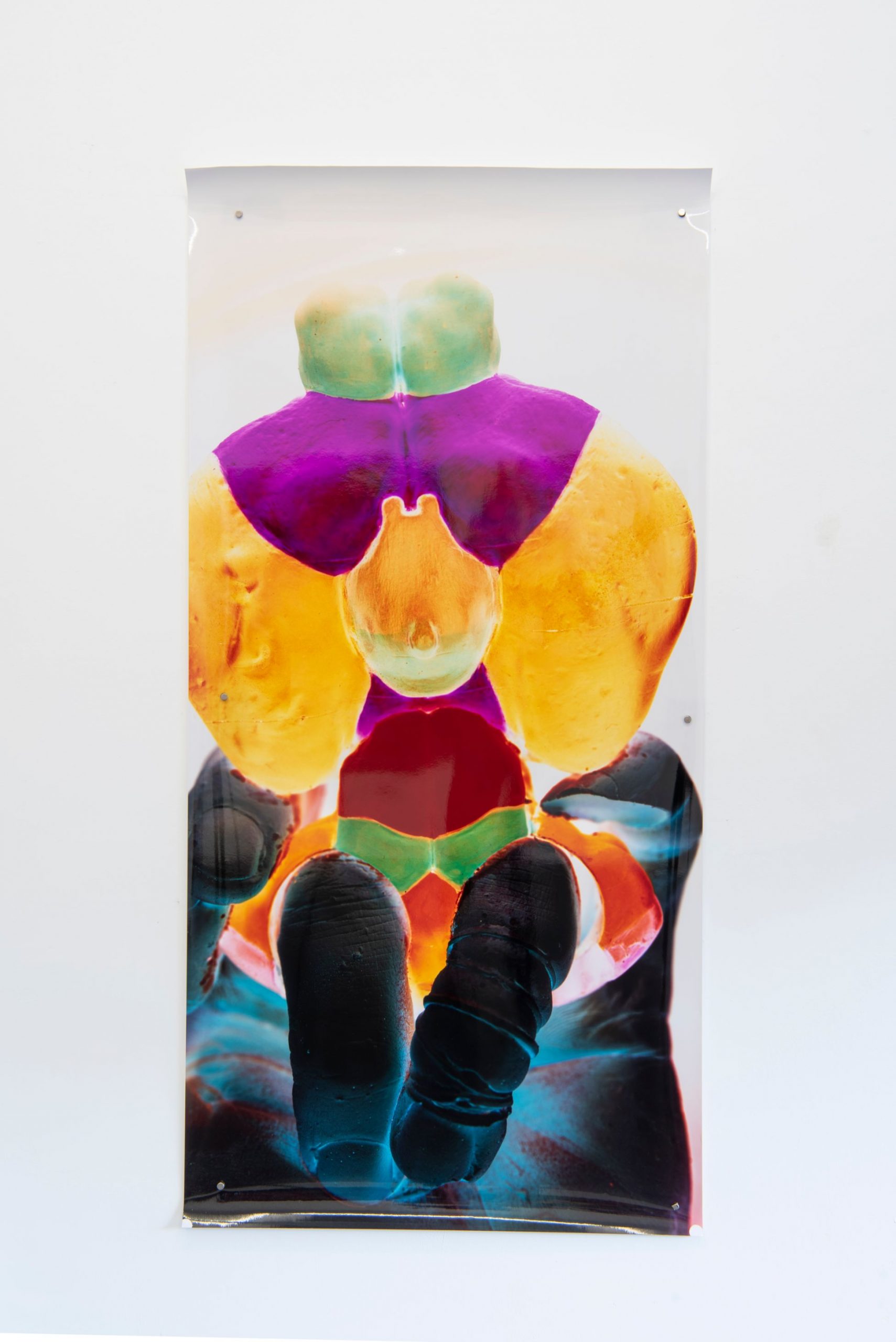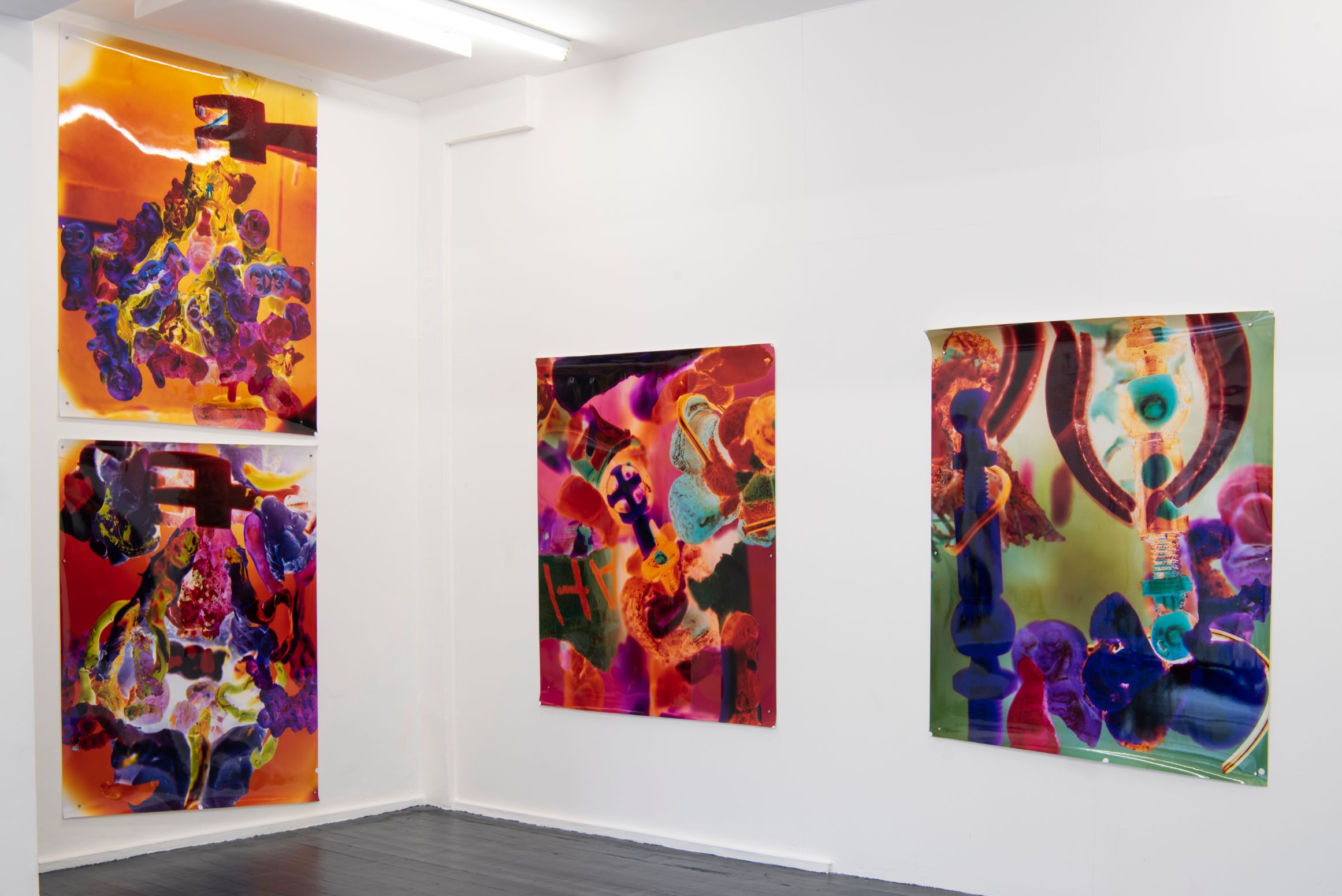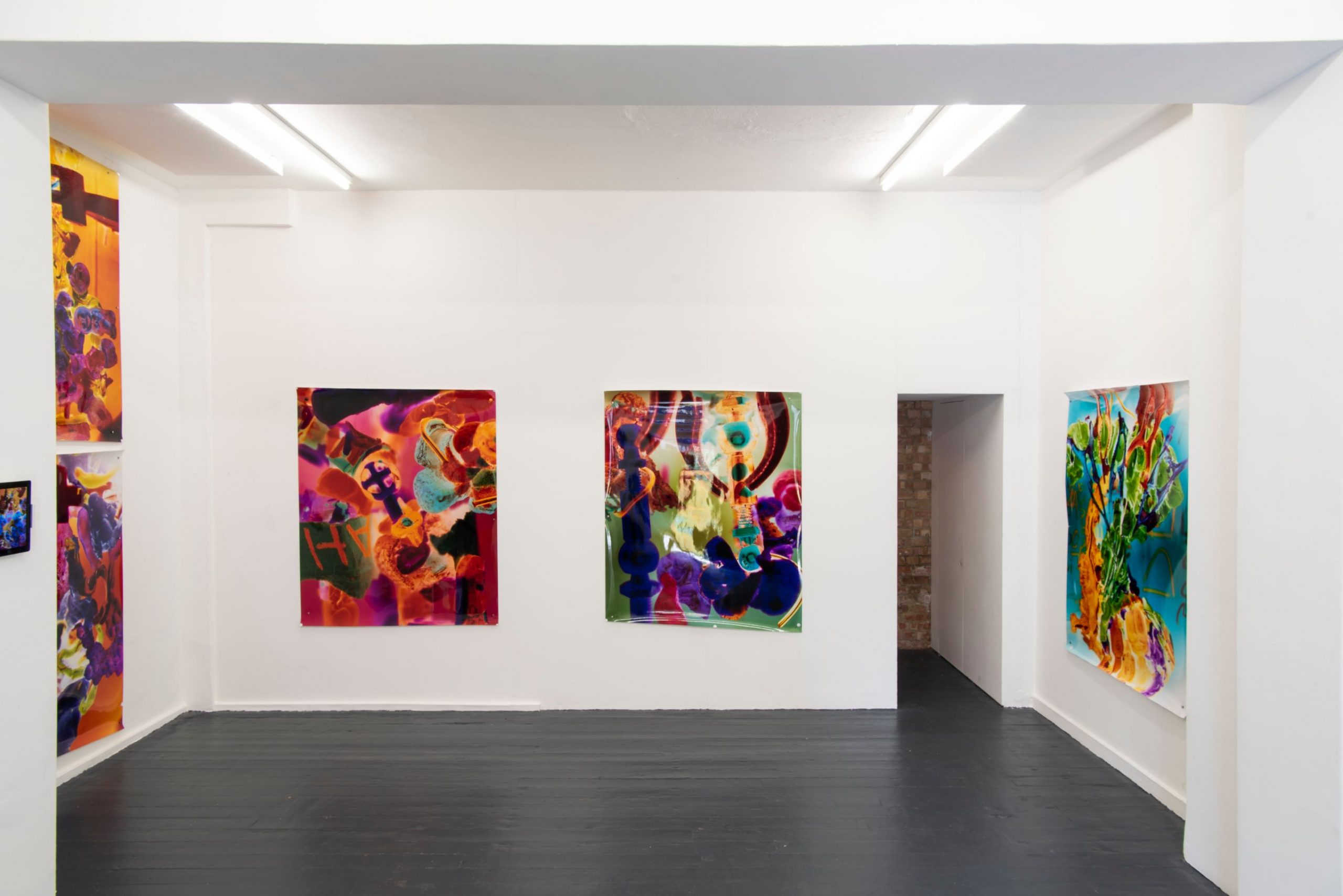
We last interviewed Jon Baker a year ago as he was opening his new, joint show with his partner Rosie, Holy Grail, as part of a pop-up project on New Oxford Street. What I found so interesting in that interview and part of their work on display was the romantic relationship dynamic that imbued the work. How easy or hard was it being in a relationship with someone you make art with? It turned out that the two are opposites when it comes to setting out on creative projects, but complement each other rather nicely in turn.
It’s also the fact which is responsible for my opening question here, which might appear rude at first if you haven’t read the introduction to this interview. I wanted to know how Jon and Rosie had grown together as artists since then, and what effect the relationship had had on Jon’s new exhibition, last month’s Mess Package.
View this post on Instagram

Jon, are you and Rosie still together?
Yes! Rosie and I have been together for over five years now, we live and work together, making completely different art. Rosie works things out before she makes them, she’s very theory-led and that’s what makes her art so brilliant and surreal. It’s the opposite with me. I’m very much a ‘maker’, so I’ll go out and create something and not necessarily know why I’m doing it or what it’s going to be, but I have a general idea, and it tends to take longer than Rosie. My skills aren’t so easily verbalised at first, but as I look into something it starts to join up with things I’ve been reading or things I’m interested in.
What are the caveats of your method – building from scratch and having no idea what you’re doing – doesn’t that tend to get very expensive materially?
Quite a lot of things never make it into the final work. As you become more successful that’s not a luxury you get to have, in terms of experimenting. Take Mess Package, I made this camera capable of recording objects in great detail in ways we don’t normally see on a day-to-day basis. I had no idea what I wanted to do with that camera, but what I did know is that I just wanted to make it.

I started making these frivolous, throwaway sculptures in my studio and photographing them with a camera. After a while, I realised that making these frivolous objects and spending days setting up a ridiculously complicated camera to photograph them was incredibly interesting. These seemingly insignificant objects began to gain significance when they were photographed. The camera pretty much changed how you looked at them.
In the written treatment for Mess Package you’ve really gone hard with the self-deprecation. You say: “I make foolish and trivial sculptures out of boredom and desperation to make something”. Is that underselling yourself a little bit? Should we take your your word and dismiss your work as trivial?
Good question. I made the sculptures out of frustration and boredom. You’re an artist, you’re in a studio, you’re not quite sure what you’re doing. But I stick with that. These sculptures are frivolous, it takes me five to ten minutes to make sculptures that are photographed over days. The setting up, testing, and accuracy that goes into that is huge. There’s something really amusing in it, and I felt that that it makes people look at the objects much more closely and reconsider them.

But there is a solid theoretical foundation to Mess Package and much of your other work. What areas of psychoanalysis do you find most compelling?
I really enjoy reading about psychoanalytic theory of children’s art, especially by Freud. His theories are really interesting but if you were to take them as absolute truth and gospel, particularly in 2022, people will think you’re mad, some of them are real works of fiction.
For me, particularly, the analysis of children’s art online is imprecise, like when people google ‘what does my child’s drawing mean?’, things like that, they’re getting some analysis there but are likely just reading some too much into it.
You worked as a photographic assistant to Jurgen Teller for years. When did you cross the Rubicon into doing autonomous artistic photography?
I worked for Jurgen Teller for about four years. Very different times! He gave me access to a great library in his studio which I really enjoyed and introduced me to lots of important artists. I met Bruce Nauman, a conceptual artist, and I’d never heard of him before. He was a very modest man but a titan in the art world.
But commercial photography didn’t suit me. I mentioned before how I move around before I make something and don’t have a specific idea, and that’s perhaps why commercial photography wasn’t specifically my calling. With commercial photography, you have an idea and you stick to it. I wasn’t the best person for that.


